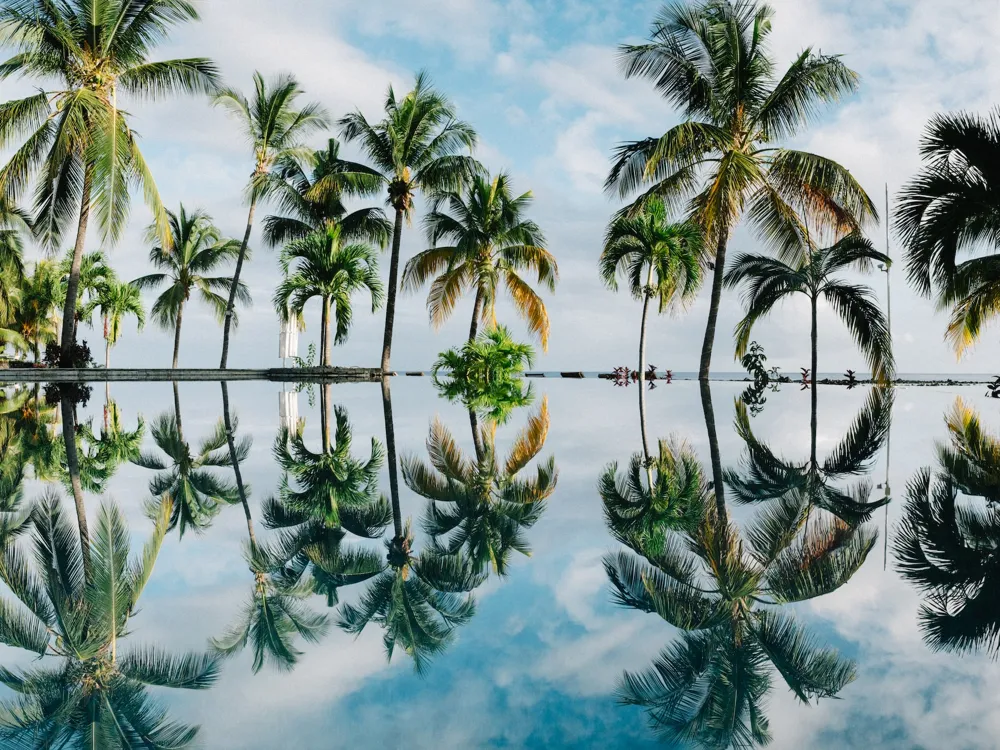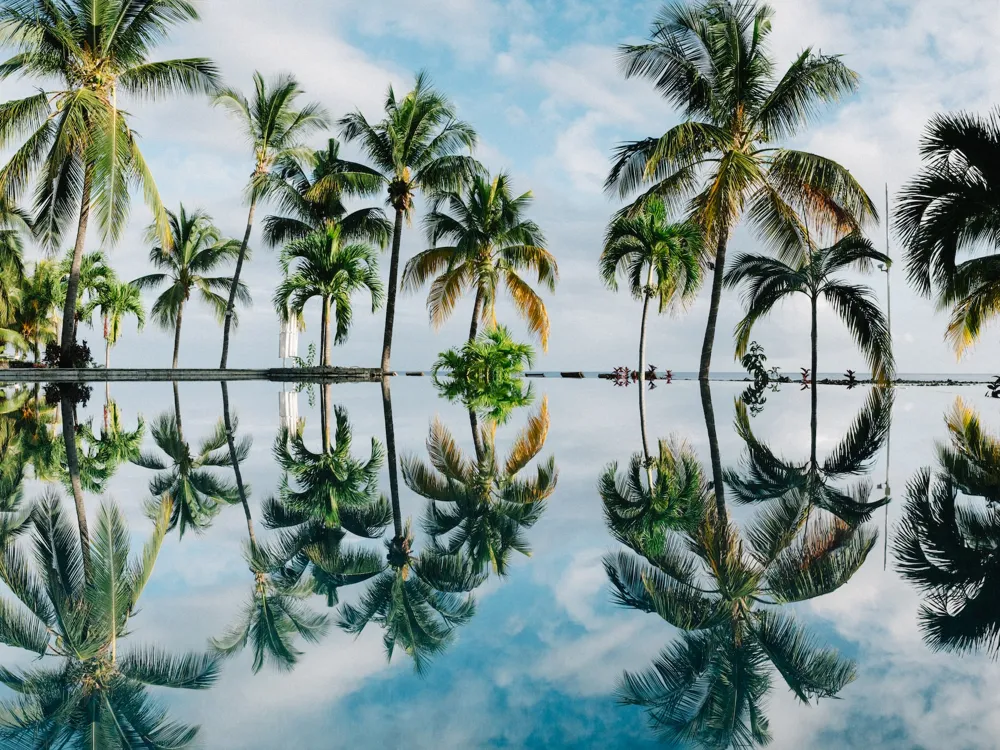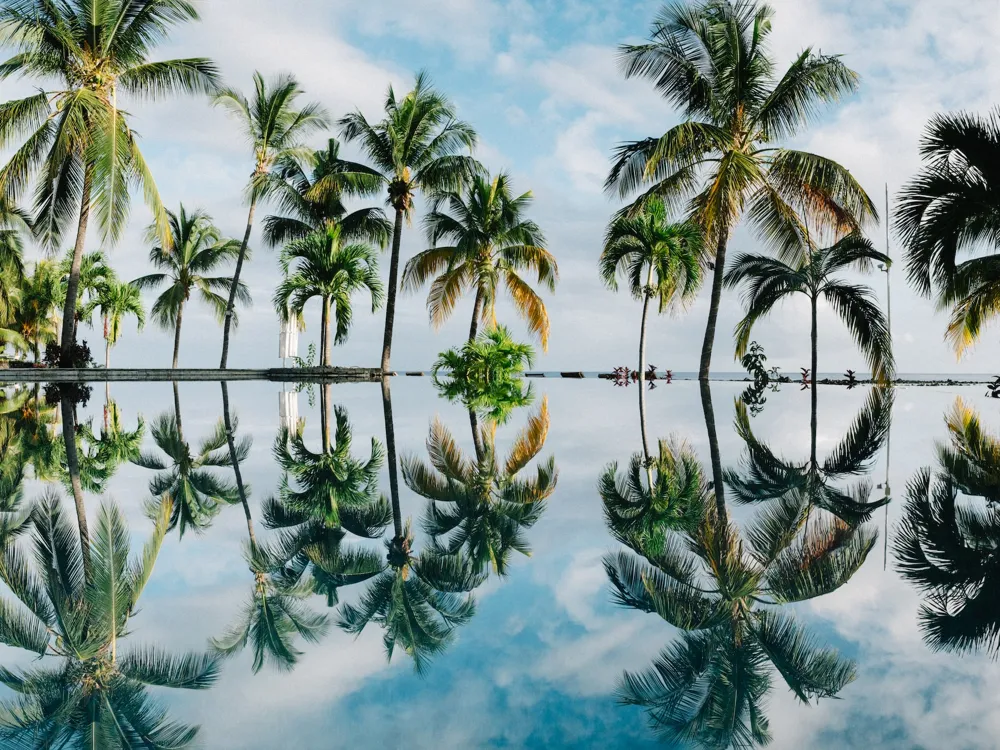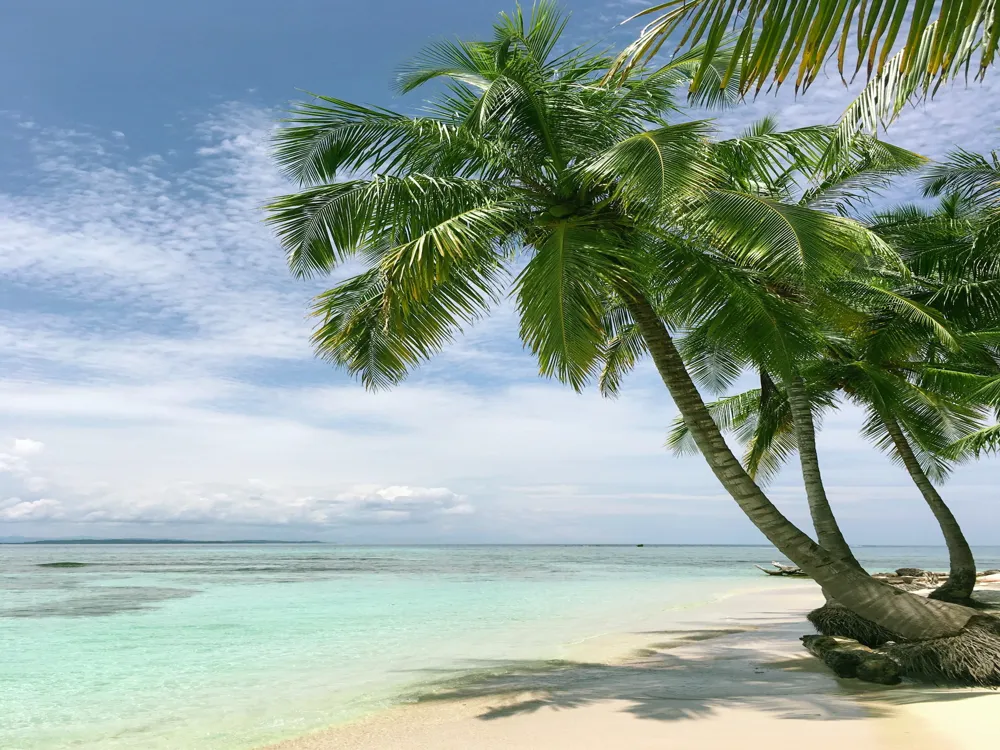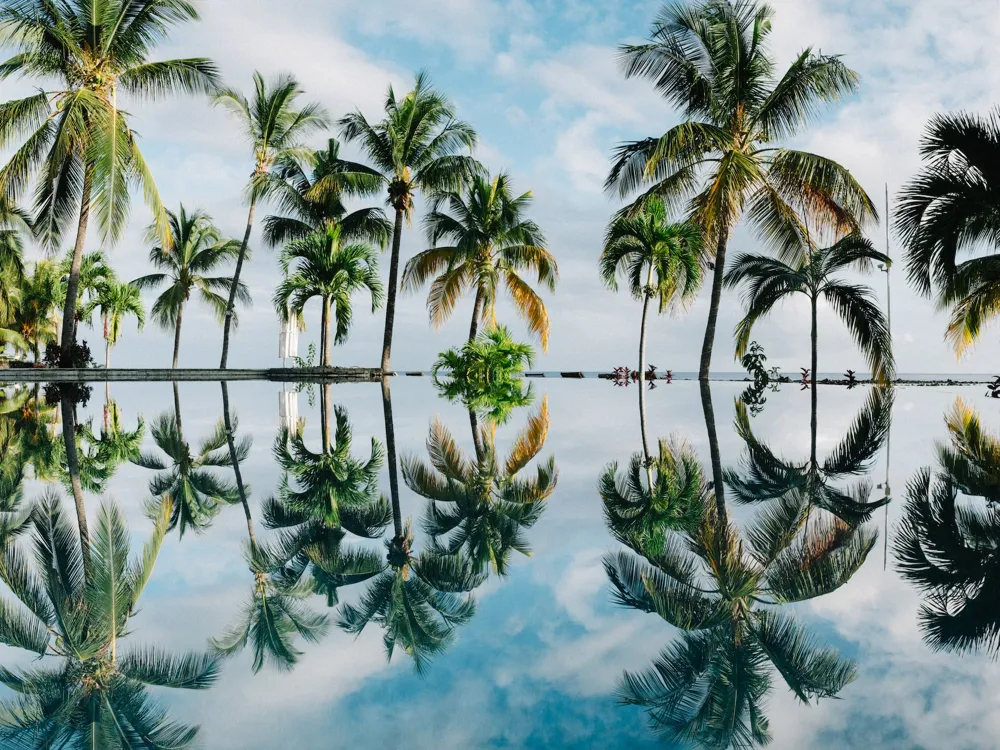The Albion Lighthouse, also known as the Pointe Aux Caves Lighthouse, stands as a historical beacon in Mauritius, guiding mariners since its establishment. Situated on the scenic west coast of the island, this lighthouse is not just a navigational aid but also a symbol of Mauritius' rich maritime history. The Albion Lighthouse, with its picturesque setting and historical significance, attracts visitors from all corners of the world, offering a glimpse into the island's nautical past.
The construction of the Albion Lighthouse dates back to the 19th century, a period that marked the expansion of sea trade routes and the need for reliable navigation aids. Its strategic location on the rocky cliffs of Pointe Aux Caves provides an excellent vantage point for ships navigating the often treacherous waters surrounding Mauritius. Over the years, the lighthouse has withstood the test of time and weather, serving as a testament to the island's commitment to maritime safety.
Visiting the Albion Lighthouse offers more than just a historical journey; it presents an opportunity to witness breathtaking views of the Indian Ocean, with its endless horizon and captivating sunsets. The surrounding area, characterized by its rugged coastline and lush vegetation, provides a serene backdrop, perfect for photography enthusiasts and nature lovers. Additionally, the lighthouse serves as an educational site, where visitors can learn about Mauritius' maritime history and the evolution of lighthouse technology.
Beyond its functional role, the Albion Lighthouse has become an integral part of Mauritius' cultural heritage. It symbolizes the island's connection to the sea, a crucial element in the development and prosperity of the nation. Today, the lighthouse is not only a beacon for ships but also a beacon of Mauritian heritage, inviting visitors to explore and appreciate the island's rich history.
The architecture of the Albion Lighthouse is a remarkable feat, combining both functionality and aesthetic appeal. Its design reflects the architectural trends of the time while addressing the specific needs of a coastal lighthouse. The structure stands tall with its cylindrical tower, made predominantly of stone and reinforced with concrete to withstand harsh oceanic conditions. The tower's height ensures visibility from a significant distance, serving its primary purpose as a navigational aid.
At the top of the tower, the lantern room houses the light source, which has evolved over the years from traditional oil lamps to modern automated lighting systems. The lantern room is encased in glass, allowing the light to be visible from all directions. This feature is critical for its functionality, ensuring that mariners can spot the lighthouse from various angles at sea.
The base of the lighthouse includes living quarters for the lighthouse keepers, a feature common in historical lighthouses. These quarters were designed to provide shelter and amenities for the keepers who played a vital role in maintaining the lighthouse's operation. The integration of living spaces within the lighthouse structure highlights the human aspect of maritime navigation and the dedication of those who ensured the safety of seafarers.
The Albion Lighthouse's architecture also incorporates elements that reflect Mauritius' unique cultural and historical influences. The use of local materials and construction techniques showcases the island's resourcefulness and adaptation to its environment. The lighthouse's design is not only a product of its functional requirements but also a reflection of the local culture and history, blending seamlessly with its natural surroundings.
The ideal time to visit the Albion Lighthouse is during Mauritius' dry season, which runs from May to November. During these months, the weather is more favorable, with less rainfall and lower humidity, making it comfortable for exploring the outdoors. Additionally, visiting during sunset offers a spectacular view, with the lighthouse silhouetted against the vibrant colors of the sky.
When visiting the Albion Lighthouse, it's advisable to bring a camera or smartphone for photography, comfortable walking shoes for exploring the area, and sun protection, such as sunscreen, hats, and sunglasses. Visitors should also consider bringing water and snacks, as there are limited facilities in the immediate vicinity of the lighthouse.
As a historical and cultural landmark, it's important to respect the Albion Lighthouse and its surroundings. Visitors should
Overview of Albion Lighthouse - Pointe Aux Caves Lighthouse in Mauritius
Architecture of Albion Lighthouse - Pointe Aux Caves Lighthouse
Tips When Visiting Albion Lighthouse - Pointe Aux Caves Lighthouse
Best Time to Visit
What to Bring
Respecting the Site
Albion Lighthouse - Pointe Aux Caves Lighthouse
Mauritius
₹ 24,899 onwards
View mauritius Packages
Weather :
Tags : Lighthouse
Time Required : 2-3 hours
Planning a Trip? Ask Your Question
Mauritius Travel Packages
View All Packages For Mauritius
Top Hotel Collections for Mauritius

Private Pool

Luxury Hotels

5-Star Hotels

Pet Friendly
Top Hotels Near Mauritius
Other Top Ranking Places In Mauritius
View All Places To Visit In mauritius
View mauritius Packages
Weather :
Tags : Lighthouse
Time Required : 2-3 hours
Planning a Trip? Ask Your Question
Mauritius Travel Packages
View All Packages For Mauritius
Top Hotel Collections for Mauritius

Private Pool

Luxury Hotels

5-Star Hotels

Pet Friendly


